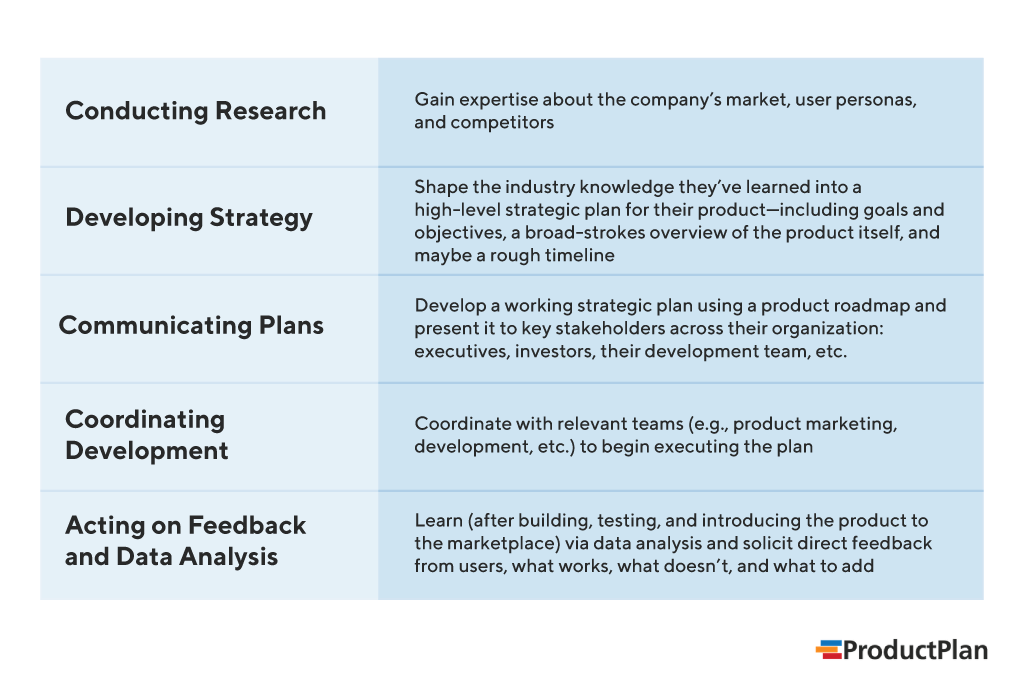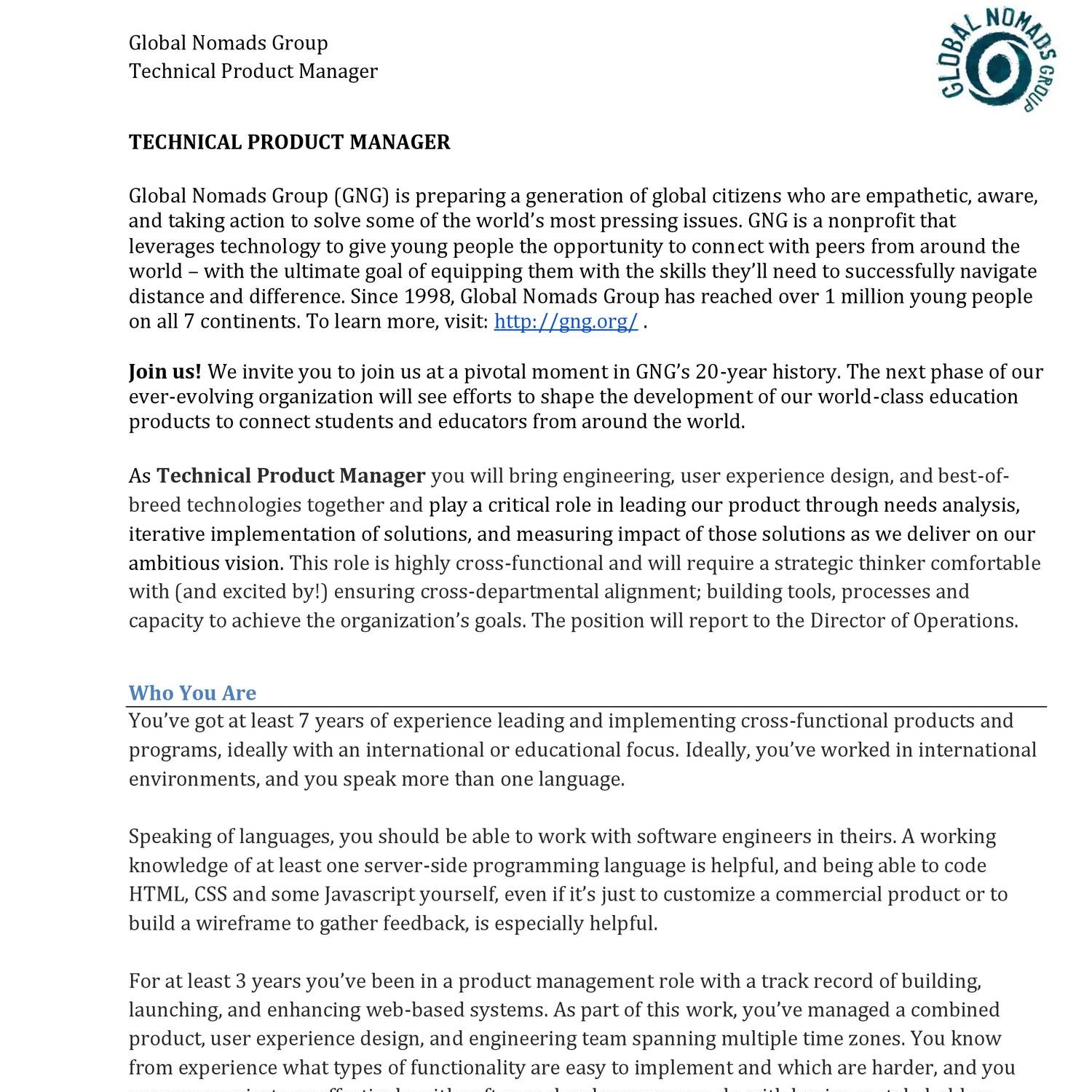

V4 was a good way to strategically notify end users. Our customers and their end users now had the ability to control the content they received and the channels they would prefer. With V4, we solved the visibility problem, which was the main “fail” from V3. Having clarity is key because it enables end users to have control over their notifications. End users also don’t like surprises when it comes to product notifications.

Not offering options is problematic as it constrains visibility on what you’ll receive through notifications. Users would be asked if they were interested in receiving notifications in general. End users never had the option to select what type of content and channel they wanted. Visibility became a serious issue with V3. This overall trend in the market is used by thousands of companies (B2B and B2C products), especially in the technology space. Global opt-in/out was quickly resolved by allowing users to select what content they wanted to be notified of and the channels they’d prefer.

Global opt-in would allow for the concept of the end users’ inboxes becoming flooded with every product notification which is problematic because it can easily drive users away from your product. Similar in theory to the Pokemon saying, “Catch one, catch them all.” A problem with this, though, is inbox flooding. It was either all or nothing, no in-between. However, globally opt/in out is a problem because it constrains end users’ notifications options. V3 helped give our customers the ability to start playing around with the idea of having preferences. V3 of Preferences only allowed our customers (and their customers) to opt-in/out of notifications, and customers globally could also decide if certain notifications were required or not. In May, Preferences (V3) would only allow users to opt-in and out of their preferences of choice globally. Another problem was that V3 didn’t gain much traction, which I believe points back to the lack of a fully thought out strategy. Allowing only global opt-in/out is an example of this. I believe that V3 was a great stepping stone for V4, but fundamentally had flaws in certain parts of its strategy. The problem we experienced at Courier was that we’d offer Preferences (V3) to our customers, but the entire product feature’s strategy wasn’t fully fleshed out. We’ll let Denis take it from here! What was the problem? Then what he came up with was so good, we thought it would be a good idea to share with all of you! This post will cover Denis’ workflow from planning to execution around the Preferences project as well as his experience working with the Courier team specifically. We wanted to learn more about Denis’ experience, so we asked if he’d be willing to work on a writeup for us. Denis’ internship was only a few months long, but he was able to make an enormous impact as the product manager for Courier’s Preferences feature.

This also means that there was a lot of learning and experience-building opportunity for the intern on the project, Denis Tatar. Preference management is an integral part of a great notification infrastructure, which makes it a very important piece of the puzzle here at Courier.


 0 kommentar(er)
0 kommentar(er)
